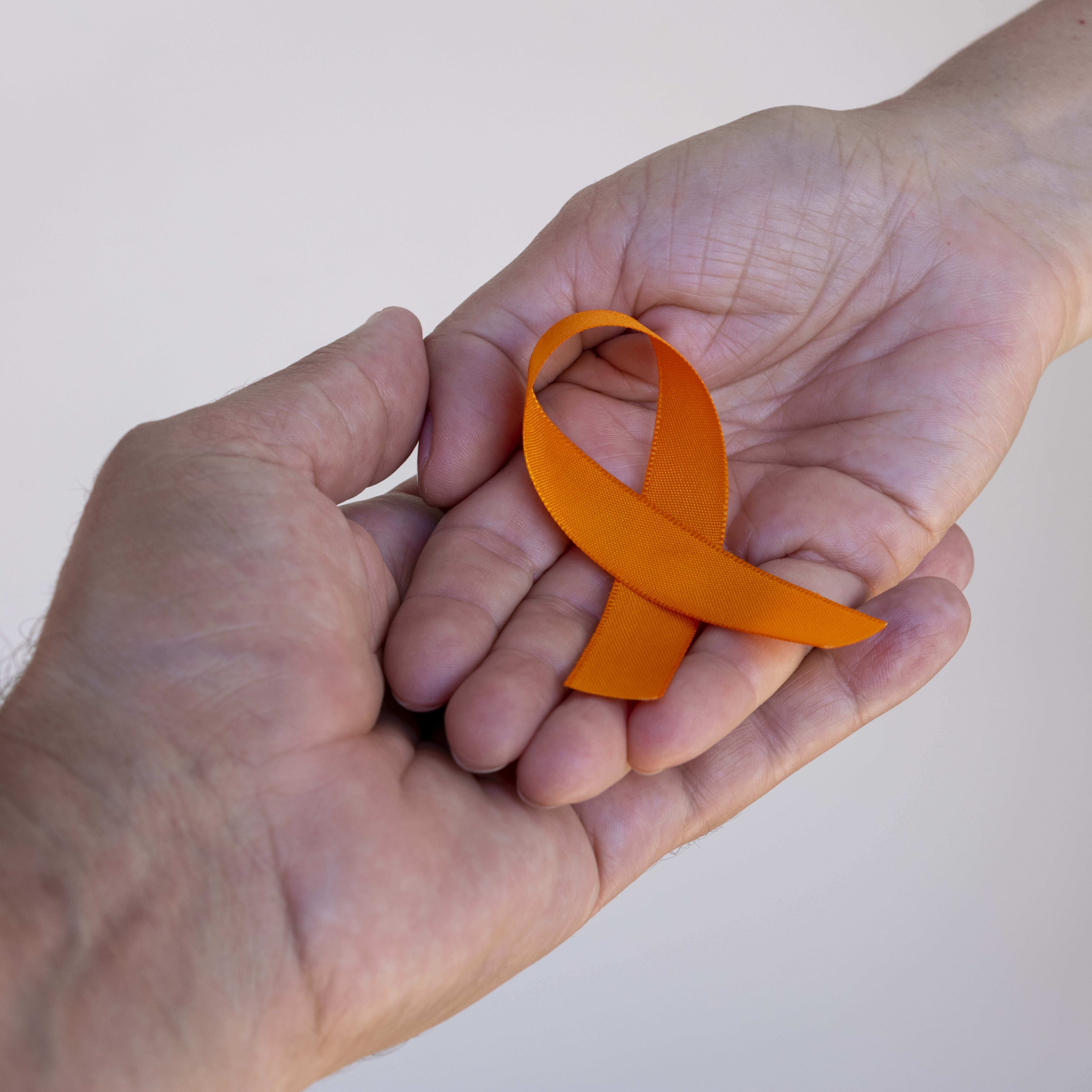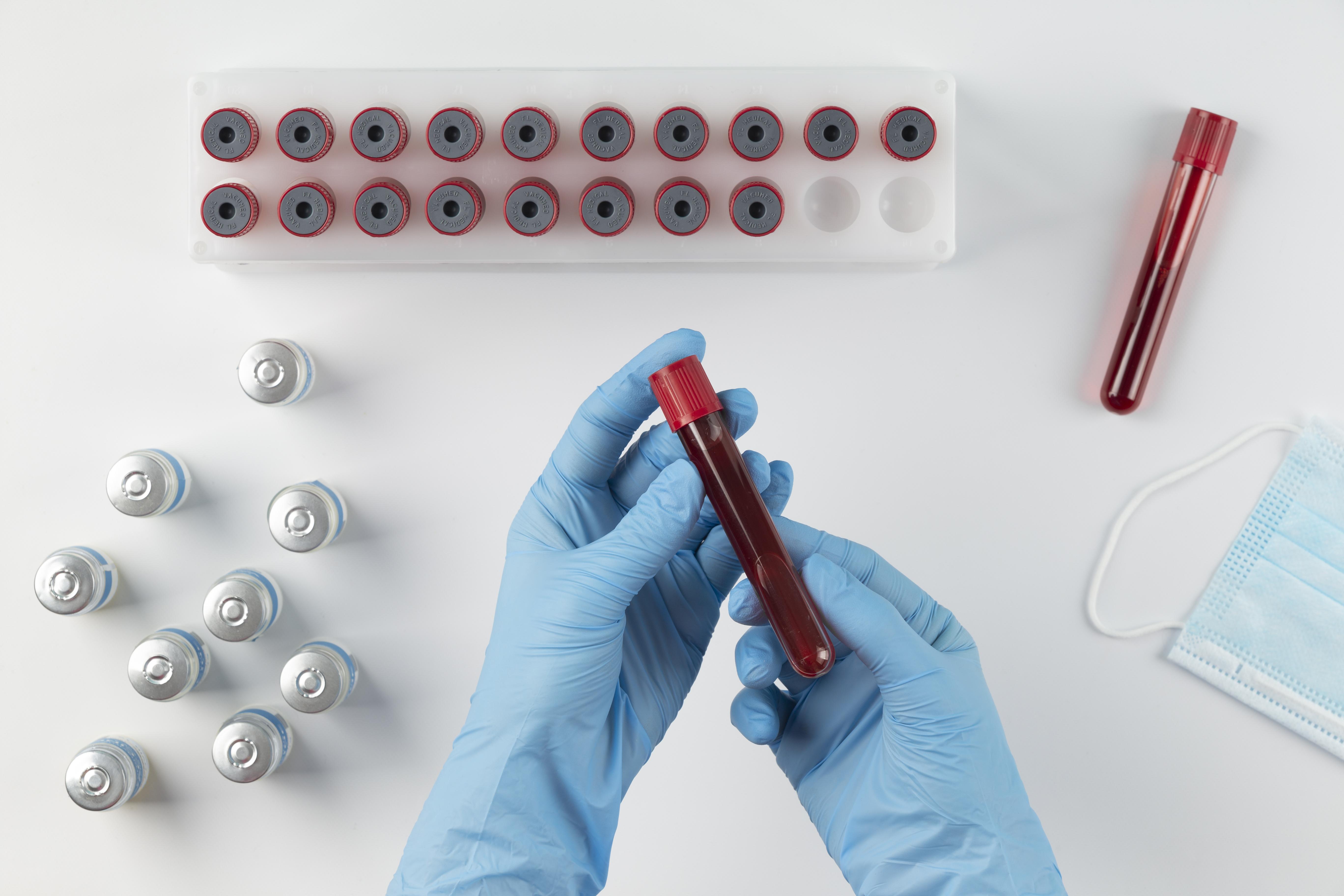What is Leukaemia?
Leukaemia is a type of cancer found in the blood and bone marrow. It is a result of rapid production of abnormal white blood cells that are unable to fight off infections in the body. These abnormal white blood cells, in turn, will also impair the ability of the bone marrow to produce red blood cells and platelets.
Leukaemia can be broadly classified as acute or chronic. Chronic leukaemia progresses more slowly as opposed to acute leukaemia, which often requires immediate treatment. Leukaemia can also be classified as lymphocytic or myelogenous. Lymphocytic leukaemia refers to abnormal cell growth in the marrow cells that become lymphocytes, a type of white blood cell that plays pivotal role in our immune system. Myelogenous leukaemia on the other hand, is associated with abnormal cell growth in the marrow cells that mature into red blood cells and platelets.


What are the Types of Leukaemia?
The 4 most common classifications of leukaemia include: -
- Acute lymphocytic leukaemia (ALL);
- Acute myelogenous leukaemia (AML);
- Chronic lymphocytic leukaemia (CLL); and
- Chronic myelogenous leukaemia (CML).
It is important to note that leukaemia occurs in both adults and children. ALL is the most common form of childhood leukaemia while AML is the second most common among this population. Children diagnosed with ALL in modern ages have observed improved outcomes owing to advancements in medical research. AML and CLL are the 2 most common forms of leukaemia among the adult population.
Several risk factors have been identified to be associated with leukaemia.
These include: -
- A strong family history of leukaemia;
- Chemotherapy;
- Down Syndrome;
- Exposure to high levels of radiation; and
- Repeated exposure to certain chemicals i.e., benzene.
Symptoms tend to vary among patients and they tend to differ depending on the type and stage of leukaemia that a patient has. Symptoms may include the following: -
- Bone pain;
- Enlarged liver and spleen;
- Fever, chills, night sweats and other flu-like symptoms;
- Headaches;
- Pale;
- Pinhead-size red spots on the skin;
- Swollen or bleeding gums;
- Swollen tonsils;
- Weakness and fatigue; and
- Weight loss.
Your physician may order a complete blood count (CBC) to determine if you have leukaemia. This blood test will reveal if you have leukemic cells. Abnormal levels of white blood cells and abnormally low counts of red blood cell or platelet may also be an indication of leukaemia. If tested positive for leukaemia, your physician will then perform a biopsy of your bone marrow to determine the type of leukaemia that you have.
Treatment options for leukaemia vary according to a patient’s age, general health as well as the type of leukaemia that the patient has. A combination of treatment options may apply and it usually comprises of the following treatment options: -
- Chemotherapy;
- Immunotherapy;
- Stem cell transplantation; and
- Targeted therapy.
Patients with acute-type leukaemia greatly benefit from chemotherapy as this treatment option is known to effectively target fast-dividing cells. Many acute leukaemia patients have shown to respond well to chemotherapy. On the contrary, patients with chronic-type leukaemia tend to benefit more from targeted therapies that aim at attacking slowly dividing cells as opposed to traditional chemotherapy which targets rapidly dividing cells
In 2020, leukaemia recorded 3.9% of the total newly diagnosed cancer cases in Malaysia, making it the ninth most common cancer type in the nation.

























